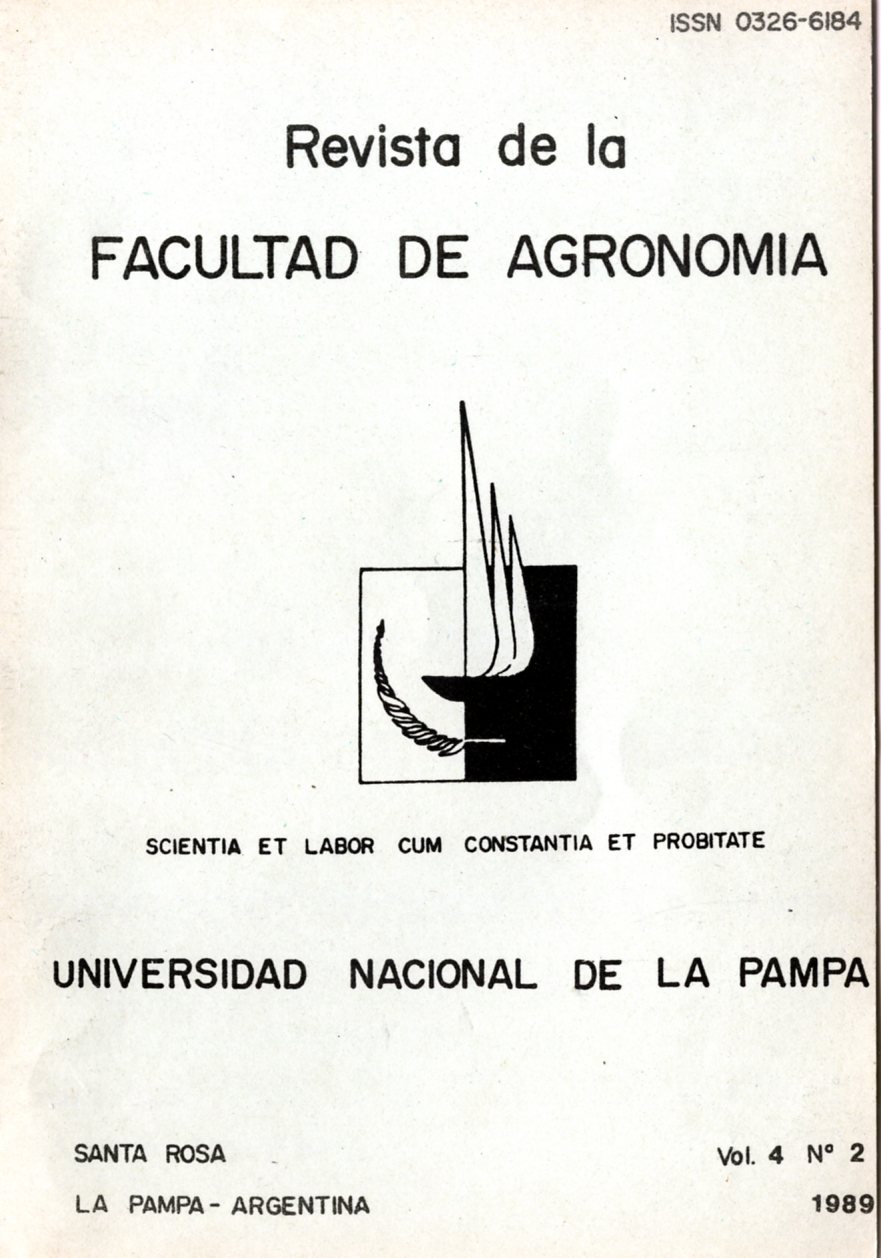Utilización de sorgos con diferentes tenores de taninos en las dietas para cerdos en crecimiento y engorde
Palabras clave:
Sorgos, taninos, cerdosResumen
Se realizaron dos ensayos de alimentación con cerdos cruza utilizando sorgo como única fuente energética con diferentes tenores de taninos analizados por Follin Denis. Los sorgos se suplementaron con proteína, minerales y vitaminas. En el primer ensayo se utilizaron 36 cerdos capones - en dos tratamientos con 3 repeticiones cada uno. Los cerdos pesaron desde 39 kg cada uno hasta 105 kg. de peso vivo en promedio. Se utilizó un sorgo con 0,37% de tanino: (T1) y otro con 1,8% (T2). Las diferencias fueron significativas en aumento diario (0.924 vs 0,783, P<0,01), consumo de alimento diario (3,420 vs 3,860, P<0,05) y eficiencia de conversión (3,70 vs 4,93 P<0.01) y desfavorables para T2. En el segundo ensayo se utilizaron 4 mezclas de sorgo molido con diferentes niveles de taninos 2%, 1,5%, 1% y 0,5%. Todas las raciones se hicieron isoproteicas con harina de soja y un suplemento comercial proteico mineral-vitamínico con 35% de PB. No se encontraron diferencias significativas a nivel P <0.05 y P <0,01, para la ganancia de peso, consumo de alimento y conversión en ninguno de los periodos ni en todo el período de ensayo. Se atribuyen las discrepancias entre los dos ensayos y la información bibliográfica a que el método para determinar el porcentaje de taninos en los sorgos utilizados no se compadece con las fracciones tánicas presentes en los sorgos que pueden afectar la performance de los cerdos. Es necesario encontrar una norma satisfactoria para la determinación de las fracciones tánicas.
Descargas
Descargas
Publicado
Número
Sección
Licencia
La Editorial de la Universidad Nacional de La Pampa (EdUNLPam) exigirá a los/as autores/as la firma del siguiente documento:
La EdUNLPam lleva a cabo la publicación del artículo: (Título del Artículo) en SEMIÁRIDA Rev.Fac.Agron UNLPam ISSN 2362-4337 (impresa) ISSN 2408-4077 (en línea), del cual el/los abajo firmantes son autores de una o más partes. En el mismo acto, el/los autores entregan exclusivamente a la EdUNLPam todos sus derechos protegidos por las leyes de propiedad intelectual que rigen en la Argentina para reproducir, publicar, editar, fijar, comunicar y transmitir públicamente en cualquier formato o medio impreso o electrónico, inclusive internet, el artículo enviado a publicación e incluirlo en índices o bases de datos nacionales e internacionales. A cambio, la EdUNLPam entrega a los autores la autorización para la publicación o reimpresión con ines académicos y educativos en cualquier libro o medio de divulgación, con la sola obligación de citar el artículo original publicado en la EdUNLPam. Cada autor acuerda en que el material provisto a la EdUNLPam es un trabajo original, que no ha sido impreso o publicado en cualquier otro medio con anterioridad y que no vulnera derechos de terceros. El Primer autor tendrá la posibilidad de leer y corregir el artículo ya editado como “prueba de galera”, pero si el autor no devolviera esas correcciones de la prueba de galera dentro del tiempo especificado, el proceso de producción y publicación podrá proseguir sin la aprobación del autor. El/los autor/es no recibirán compensación monetaria de la EdUNLPam por el uso del material contenido en este artículo y asumen la responsabilidad de las opiniones vertidas en él.






.png)



22.png)


.jpg)




.jpg)
10.png)



